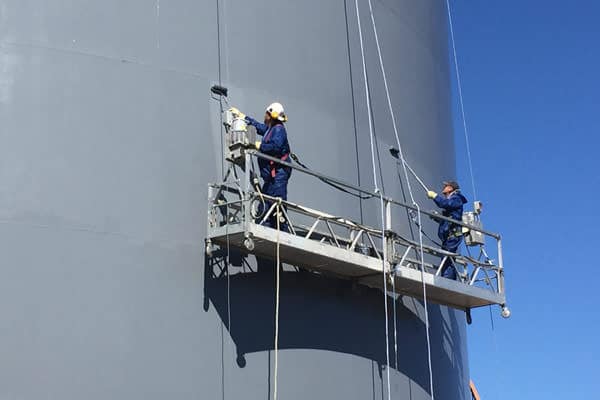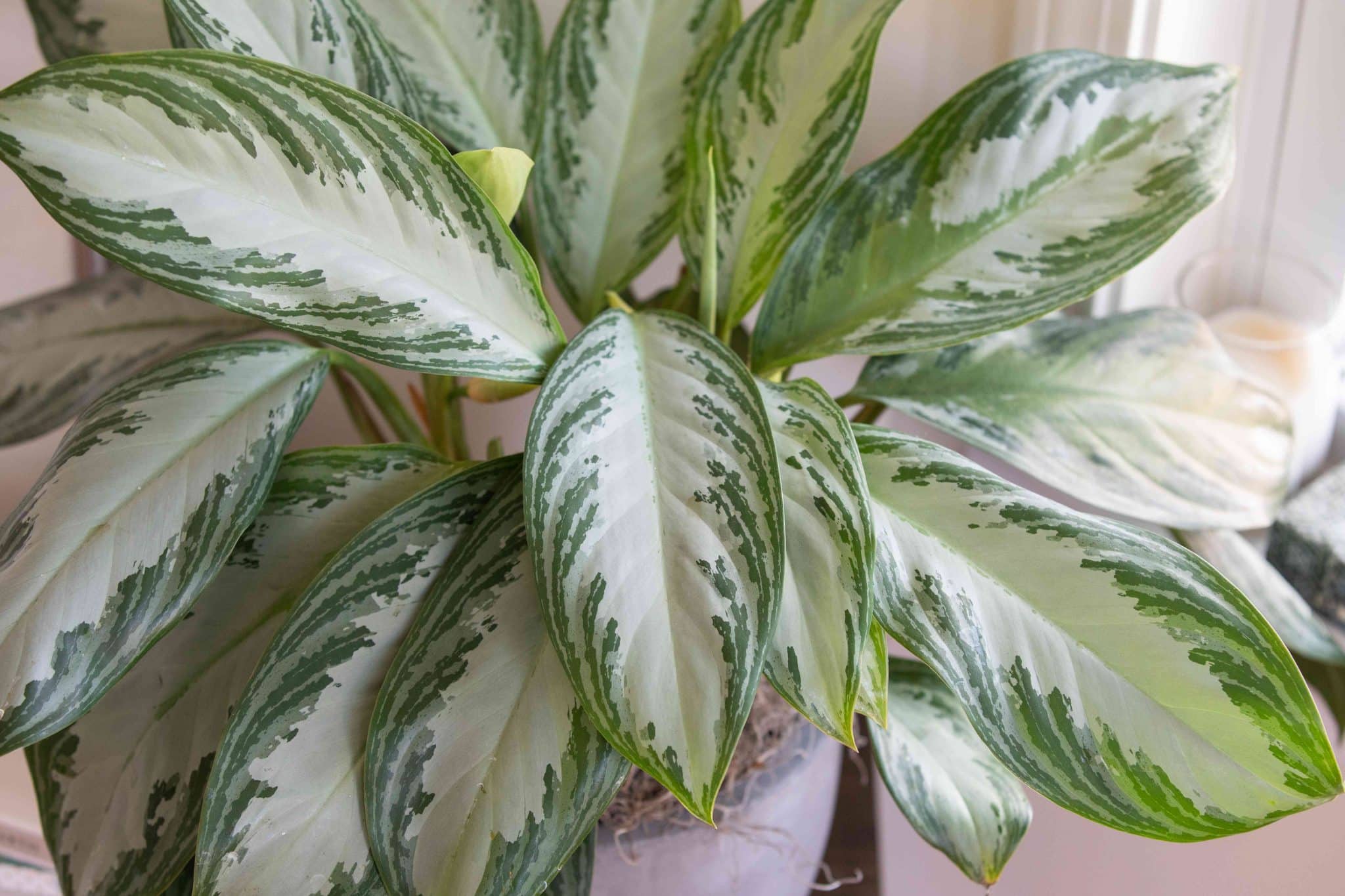Beyond the Brush: Innovative Approaches in Industrial Painting
In the dynamic world of industrial maintenance and aesthetics, painting plays a critical role. Traditional methods have paved the way, but as technology evolves, so do the approaches in industrial painting. This article explores these innovative techniques, highlighting how they are transforming the industry and offering solutions to longstanding challenges.
The Evolution of Industrial Painting
Historically, industrial painting relied heavily on manual labor with brushes and rollers. While effective, these methods were time-consuming and often inconsistent. The advent of new technologies and methods has revolutionized this field, leading to more efficient, durable, and cost-effective solutions.
1. Electrostatic Painting
Electrostatic painting represents a significant leap in industrial coating methods. This innovative technique utilizes electrically charged particles to ensure paint adheres efficiently to metal surfaces. Ideal for intricate structures and difficult-to-reach areas, it guarantees a uniform, smooth finish with minimal waste. The process significantly reduces overspray, making it a more environmentally friendly and cost-effective option compared to traditional painting methods. Its precision in coating evenly and thoroughly makes it a preferred choice for projects requiring high-quality finishes. Electrostatic painting stands out for its ability to deliver consistent and superior results, revolutionizing the approach to industrial surface treatments.
2. Powder Coating
Powder coating stands out for its durability and environmental friendliness. This dry painting process involves applying a powder material and then curing it under heat, resulting in a tough, uniform coating. It’s ideal for surfaces requiring high resistance to wear and tear, and it’s also more sustainable due to the absence of volatile organic compounds (VOCs).
3. Airless Spray Technology
Airless spray technology has transformed the efficiency of industrial painting. By propelling paint at high pressure without the use of air, this method atomizes paint, ensuring a swift and even application. Particularly effective for covering large surfaces quickly, it significantly reduces the time and labor involved in traditional painting. Moreover, airless spraying minimizes paint wastage, offering a cost-effective solution. Its ability to achieve consistent coverage and superior finish quality makes it a popular choice among professionals, streamlining the painting process while maintaining high standards of quality.
4. UV Curing Technology
UV Curing Technology marks a revolutionary shift in industrial painting processes. This innovative approach employs ultraviolet light to rapidly cure paint and coatings, drastically reducing drying times. The result is an exceptionally hard and durable finish, ideal for high-production environments where speed and efficiency are crucial. This technology not only accelerates the painting process but also enhances the quality and longevity of the finish. It’s particularly advantageous for projects demanding quick turnaround without compromising on the resilience and appearance of the painted surface, making it a forward-thinking solution in industrial painting.
5. Automated and Robotic Painting
Automation and robotics have entered the realm of industrial painting, offering unprecedented precision and efficiency. Automated systems can consistently apply paint in controlled thicknesses, reducing human error and ensuring uniformity. Robotic painting is especially beneficial in hazardous or hard-to-reach areas, improving safety and quality.
6. Water-Based Paints
In response to environmental concerns, water-based paints are gaining traction in the industrial sector. These paints emit fewer VOCs compared to solvent-based options, making them a safer and more sustainable choice. Innovations in water-based paint technology have also enhanced their durability and finish quality, making them suitable for a wide range of industrial applications.
The Role of Industrial Painting in Modern Industry
In modern industry, industrial painting is more than just applying color; it’s about ensuring longevity and protection. This crucial process not only enhances the aesthetic appeal of industrial equipment but also provides a vital defense against environmental damage, corrosion, and wear. As technologies evolve, industrial painting has adapted, offering more efficient, sustainable, and effective solutions. Its role in maintaining the integrity and functionality of industrial assets is paramount, highlighting the essential nature of industrial painting in the seamless operation and preservation of industrial infrastructures.
Conclusion
The field of industrial painting is no longer confined to traditional brushes and rollers. Innovative approaches like electrostatic painting, powder coating, airless spray technology, UV curing, automation, and the use of water-based paints are revolutionizing the industry. These advancements not only improve efficiency and quality but also address environmental concerns, making industrial painting a key component in the sustainable advancement of industries.
As technology continues to evolve, we can anticipate even more groundbreaking solutions in the world of industrial painting, further enhancing its crucial role in industrial maintenance and aesthetics.







